June 17, 2025 | 21:52 GMT +7
June 17, 2025 | 21:52 GMT +7
Hotline: 0913.378.918
June 17, 2025 | 21:52 GMT +7
Hotline: 0913.378.918
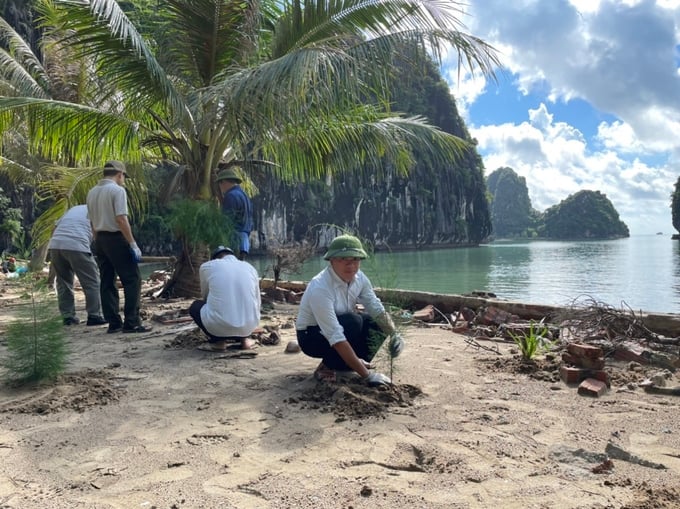
Reforestation for ecological rehabilitation on Nam Cat Island. Photo: Dinh Muoi.
The project has a total investment capital of 130 billion Vietnamese dong, including over 97.2 billion dong for tree planting, enrichment, nurturing, and forest regeneration, and 13.9 billion dong for the construction of forestry infrastructure. The project's funding is sourced primarily from the central government through the National Target Program for Response to Climate Change and Green Growth for an amount of 109.9 billion Vietnamese dong, and an additional support capital of 20 billion Vietnamese dong from Hai Phong city's budget.
According to the Project Management Board for Investment in Agricultural Facilities and Rural Development in Hai Phong city, the project aims to develop coastal forests to enhance their role in disaster prevention, land preservation, environmental cleansing, and greenhouse gas absorption. Furthermore, the project will minimize contributing factors in climate and sea level changes in addition to preserving biodiversity.
By consolidating afforestation efforts, the initiative sets the groundwork for eco-tourism development, thereby contributing to the national socio-economic growth as well as reinforcing national security. Moreover, the project's activities are deployed in accordance with the city's forest protection and development planning. On the other hand, the project aids in protecting and restoring ecosystems, enhancing biodiversity, and conserving the natural values of Cat Ba archipelago, which encompass its wildlife, vegetation, terrestrial and marine landscapes. The afforestation project also contributes to effective management and protection of the biosphere reserve, and promotes local socio-economic development.
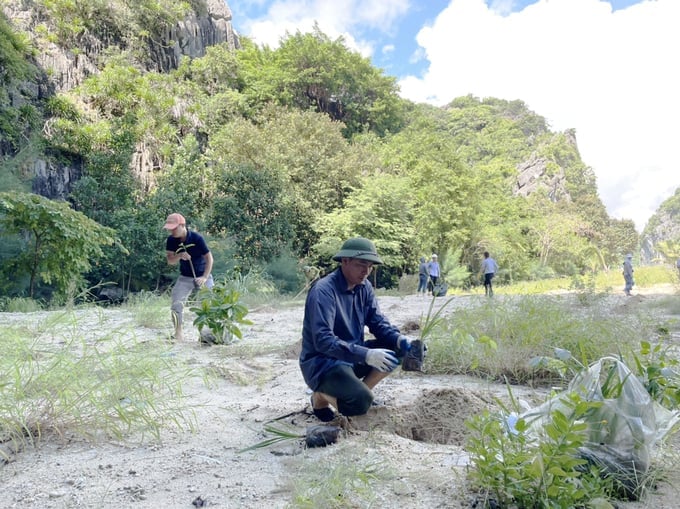
The project aims to plant 116.23 hectares of new coastal forest area on Cat Ba archipelago. Photo: Dinh Muoi.
The project aims to plant 116.23 hectares of new coastal forest area, including 79.37 hectares of mangrove coastal forest, 36.86 hectares of hill and mountain forest, and 220.5 hectares of naturally-enriched forest area. Additionally, the project designates over 1,107.56 hectares of reforestation promotion area through supplementary planting, and 53.62 hectares of natural reforestation area. Furthermore, the project incorporates the construction of a 1.95-hectare indigenous tree nursery.
Upon completion, the afforestation project will significantly increase forest canopy coverage, create a clean forest and marine ecosystem, expand habitats for wildlife, and maximize the potential for biodiversity.
To date, the project has been executed in full accordance with the revised 2023 approved project plan, and the tree nursery has been handed over to the Cat Ba National Park. Subsequently, stakeholders will engage in planting, maintaining, and safeguarding the forests in the project's third and fourth years in accordance with the stipulated guidelines.
"This project generates employment opportunities and enhances community awareness regarding the value and significance of forests, thereby gradually limiting the degradation of biodiversity through exploitation. Furthermore, it will empower local residents to proactively manage the on-site seed source to serve coastal forest conservation efforts in accordance with the project's schedule, and the reforestation task using other funding sources in the future," stated Mr. Nguyen Quang Hoang, Director of the Project Management Board for Investment in Agricultural Facilities and Rural Development in Hai Phong city.
Translated by Nguyen Hai Long
![Turning wind and rain into action: [6] ‘Four on-the-spot’ disaster management software](https://t.ex-cdn.com/nongnghiepmoitruong.vn/608w/files/news/2025/06/17/e5a48259d6a262fc3bb3-nongnghiep-183800.jpg)
(VAN) By simply activating the scenario on the disaster management software, the relevant authorities immediately know how many households need to be evacuated, where to evacuate them to, and by what means of transportation…
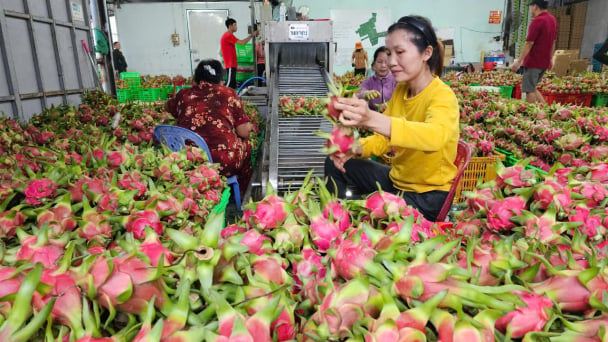
(VAN) According to the Binh Thuan Department of Industry and Trade, in the first five months of 2025, Binh Thuan's dragon fruit export turnover increased by 20.65% compared to the same period last year.
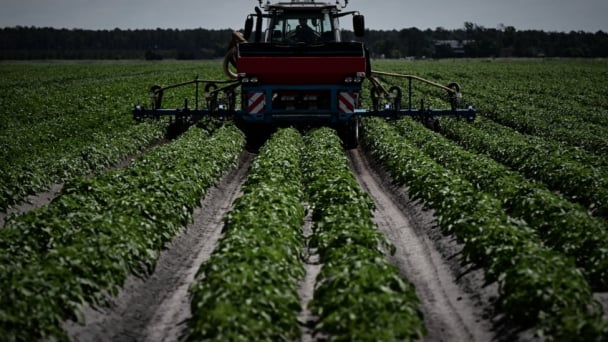
(VAN) EU countries on Thursday gave final approval to new tariffs on fertilizer imports from Russia, a move aimed at cutting off revenue that could support Moscow’s war in Ukraine, despite concerns from European farmers.

(VAN) The working delegation from the Ministry of Agriculture and Environment conducted an important trip to the Netherlands to strengthen strategic partnerships and sustainable development in the agricultural sector.
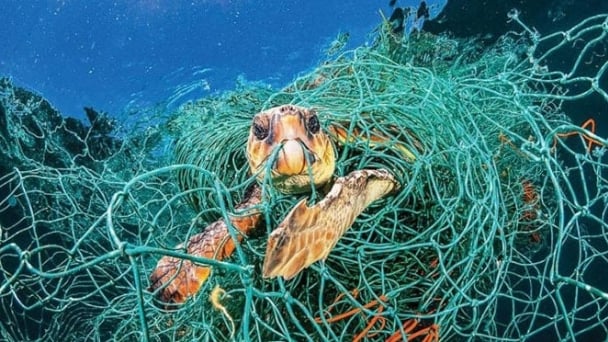
(VAN) The letter ‘A Plea from the Ocean’ not only evokes emotion but also awakens the human conscience to the responsibility of protecting life on Earth.

(VAN) The Department of Agriculture in South Africa has announced the country’s first mass vaccination of poultry to prevent local birds from contracting avian influenza.

(VAN) Establishment of the Mekong Delta Regional Agricultural Linkage Center, aiming for a closed value chain, deep processing, trading platforms, and international market connectivity.